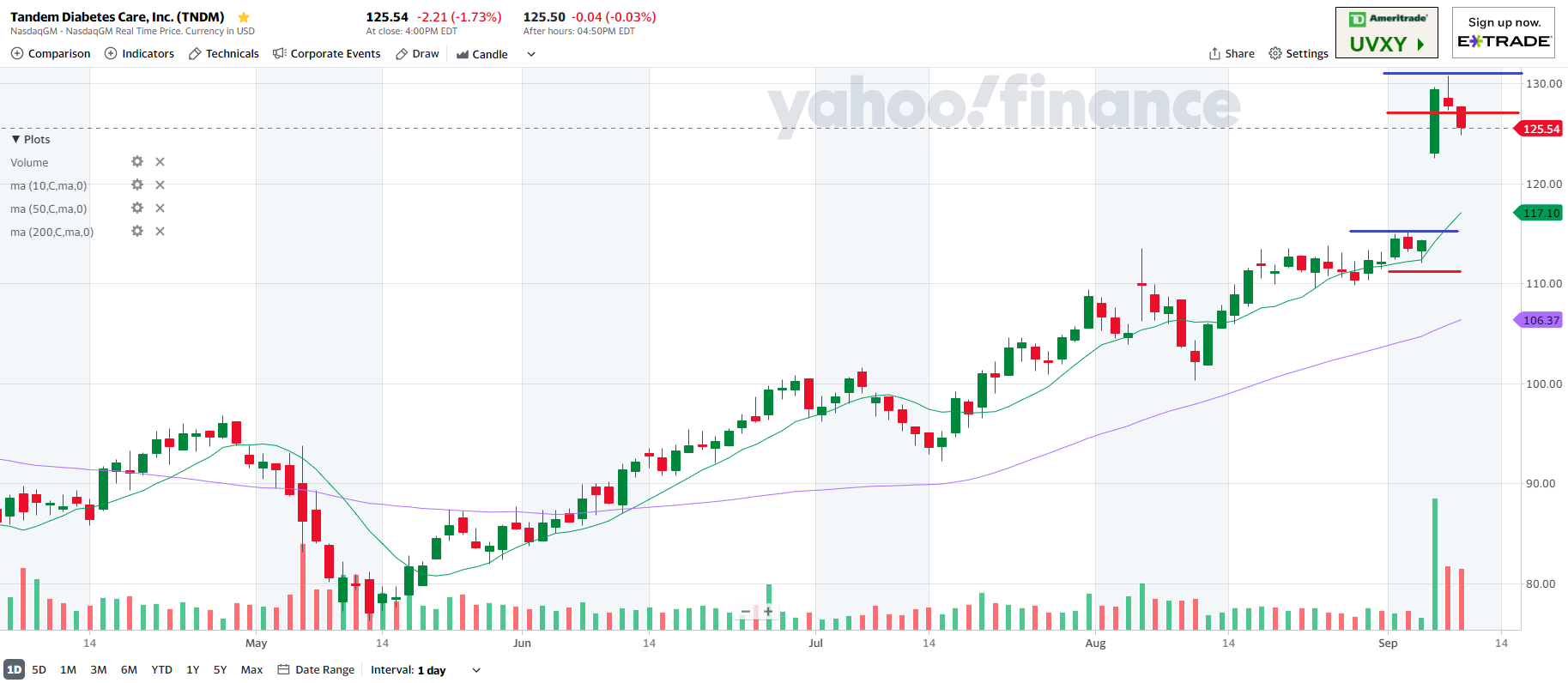When we start to see big moves at the top of a market one word comes to mind. Protect.
We have worked hard to get our accounts to where they are and giving those gains up are not on our list of things to do. When we look at the different ways we can lock in those gains one of the simplest ways to protect your trade is to put on a trailing stop.
While they aren’t without there own concerns trailing stops are designed to protect and are very effective at it in a wide range of situations. Setting the parameters of a trailing stop is the art that allows you to tailor it to your specific trading style and situation.
Since a trailing stop will allow you to stay in a trade while it moves in your desired direction, it is great for maximizing gains.
How to Set The Parameters of a Trailing Stop
You can set a trailing stop while you are initiating a trade or you can set it after the fact. Often, traders will let the trade run but as they see other indicator flash that a reversal may be imminent, they will throw on a trailing stop to lock in gains.

When setting a trailing stop you will input the amount the stop will “trail the price”. This is either a set dollar amount or a percentage. Once that is set, your trade will stay in place until the stop is triggered.

Using TNDM as an example, with a trailing stop of 3% set where you see the lower set of red and blue bars, the trade would stay in place. The high in that range would have been 115.23 and 3% below that would be 111.17. Since the stock didn’t pull back to that level the trade would have stayed active and grabbed the gap up. After the gap up we can see the high of 130.73. That pulled the stop up to just above 126. When traders started taking their profits after the gap, the trailing stop triggered and exited the trade with a nice profit.
If we chose we could have set the trail at a fixed amount, say $5. It would have followed the move up but the trail would not have increased as it would when we used a 3% trail.
This stock is a good example for using a trailing stop however it is important to remember that the exact opposite can happen. In a case where a stock gaps down and recovers, the trailing stop can trigger at the lowest point and miss out on the recovery.
When setting a trailing stop, look at the size and rate of moves the stock has made recently. That will give you an idea of what you may expect. If you are planning to stay in the position for a long time, set the trailing stop wide so you aren’t thrown out by any sudden moves against you. If you are in a profitable trade and want to make sure you optimize your exit, you can tighten up your stop and keep it closer to the price of the stock.
To get a sense of how strong the trend of a stock or ETF may be, you can use momentum indicators and set ups. A great place to start when looking for the best momentum tools is Joe Duffy’s Little Black Book of Momentum Setups. Be sure to grab your free copy here.
Keep learning and trade wisely,
John Boyer
Editor
Market Advantage Press
PS-Be sure to sign up for Wendy Kirkland’s Investment Corner interview where she is going to walk through her newest program live and show how it is completely exploiting this current market climate. You can sign up here.









Recent Comments